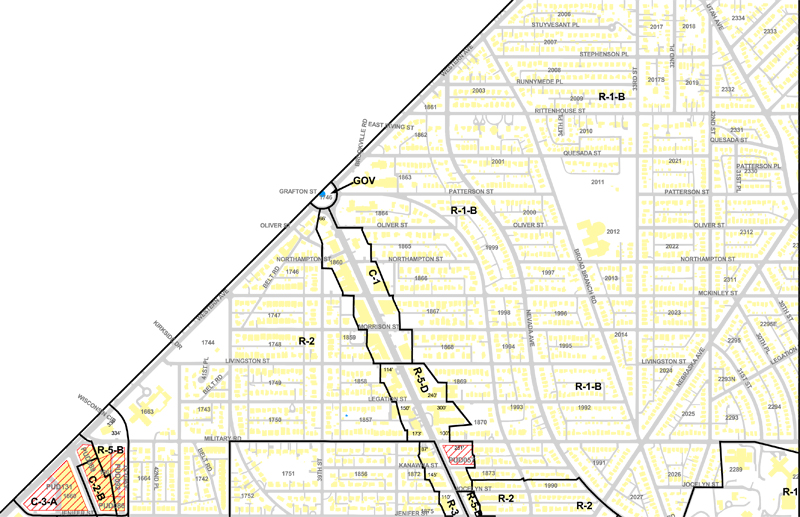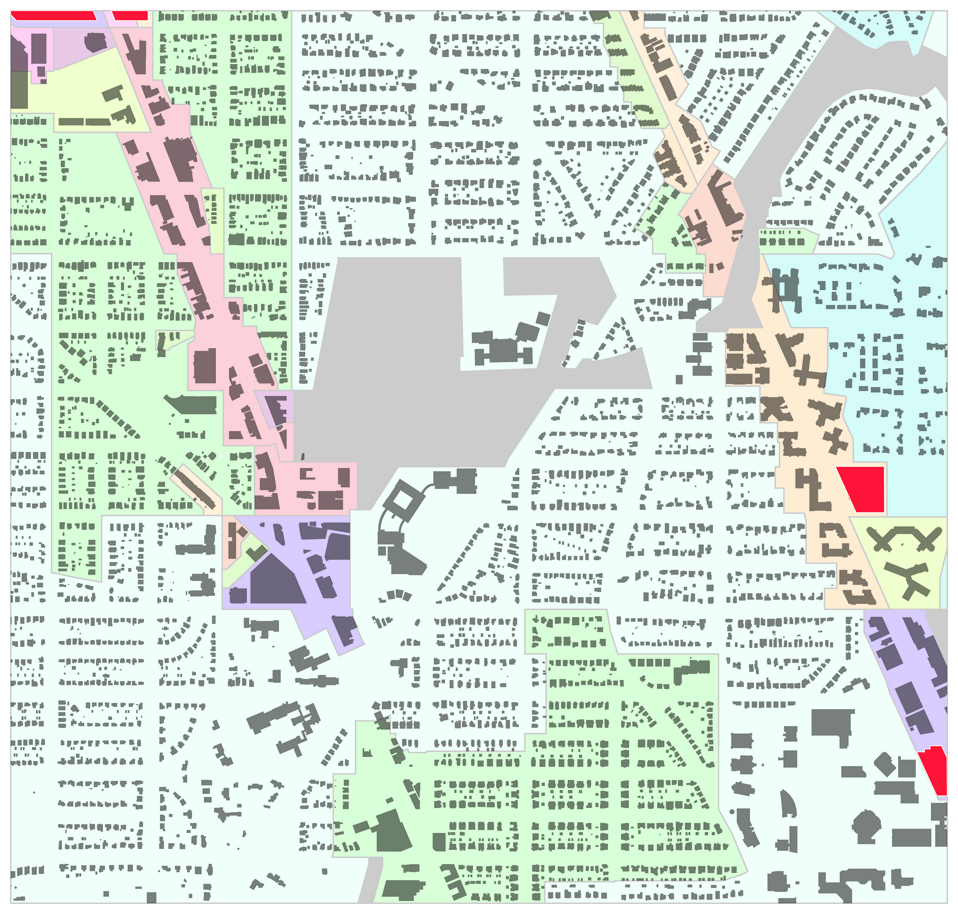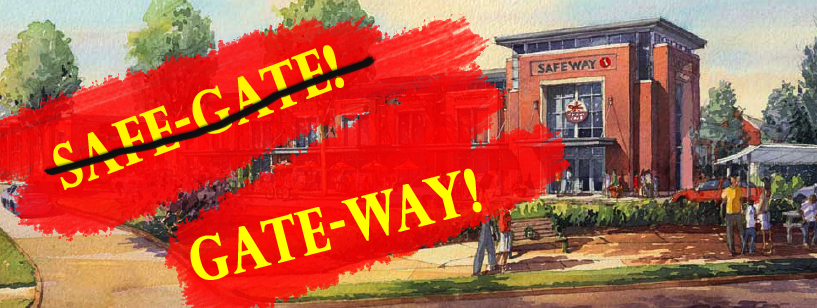Greater Greater Washington asked accomplished architects to weigh in on the positives and negatives of the height limit. This testimony from the NCPC hearings on the Height Limit is part of that series.
Thanks to these historic limits, the nation’s capital has remained a uniquely memorable, low- and mid-rise city. From many places in the city, views of America’s most iconic, symbolically significant structures – the U.S. Capitol, the Washington Monument, the Lincoln and Jefferson memorials, the White House – have been preserved because downtown skyscrapers cannot be erected.
Yet there are places in the District of Columbia where height limits established decades ago are today inappropriate and unnecessarily constraining, a reflection of outdated planning and zoning practices from the early and mid-20th century. These practices were characterized most notably by designation of large areas – land use zones – within the city limited to predominantly one use and uniform height limit. Broad-brush, one-size-fits-all planning and zoning failed to take into account, within each land use zone, locational variations in topography, solar orientation, views and vistas, proximity to parks, adjacency to civic open spaces, and infrastructure, especially transit. It did not differentiate between mid-block properties and properties at major intersections.
Today’s city planning, urban design and architectural principles and techniques – such as computer-based Geographic Information Systems (GIS) – are far more sophisticated and effective. Broadbrush strategies of the past are obsolete. We now can engage in fine-grain planning, urban design and zoning. We can identify, analyze and designate specific sites in the city where increased building height and density make great sense aesthetically, environmentally, functionally, socially and economically. This “smart growth” approach can enhance the city’s urban and architectural qualities while yielding fiscal benefits for the city. Furthermore, enacted as an incentive bonus overlaying existing zoning in appropriate locations, increased building height limits – and density – can engender development of much needed affordable housing.
Where should height limits change? In the downtown l’Enfant Plan area of the District, including traditional residential neighborhoods, height limits should remain substantially unchanged to preserve the center city’s dominant character and skyline. But there are specific sites – such as the Southwest and Anacostia River waterfronts – where upward adjustment of height limits would be beneficial without jeopardizing the city’s historic profile. Outside the l’Enfant Plan area, many sites could be suitable for higher buildings, especially near Metro stations and major roadways.
The only equitable, professionally responsible method for identifying places to raise height limits, and for determining new height limits, is to create a detailed, city-wide plan, prior to any rezoning, based on a rigorous, comprehensive study. This is essential to avoid piecemeal, property-by-property relaxation of height limits through variances, exceptions and ad hoc rezonings, a process too often influenced by political and financial pressures. Because municipal and federal interests are involved, the building height study and plan should be prepared collaboratively and transparently by the D.C. Office of Planning and the National Capital Planning Commission.
Many Washingtonians are apprehensive when anyone suggests modifying D.C. height limits. They envision Rosslyn-like skyscrapers rising all over town, ruining the capital’s historic image. Some believe that raising D.C. height limits anywhere would set precedents invariably opening the proverbial “barn door” to greedy developers in league with corrupt politicians, enabling high-rise buildings throughout the city.
But skeptical citizens need to understand that, through fine-grain urban design, prudent legislation and precisely targeted, well enforced land use regulation, the barn door will not and cannot be thrown open. Therefore, revisiting D.C. height limits requires not only a credible, city-wide planning effort, but also an on-going public education effort to help citizens recognize that legislation adopted over a century ago can be improved.
Roger Lewis, FAIA, is a registered architect and professor emeritus at the University of Maryland. For over twenty years, he has written a column for the Washington Post.
This post is a version of Lewis’ July 19th, 2013 testimony before Congress.








